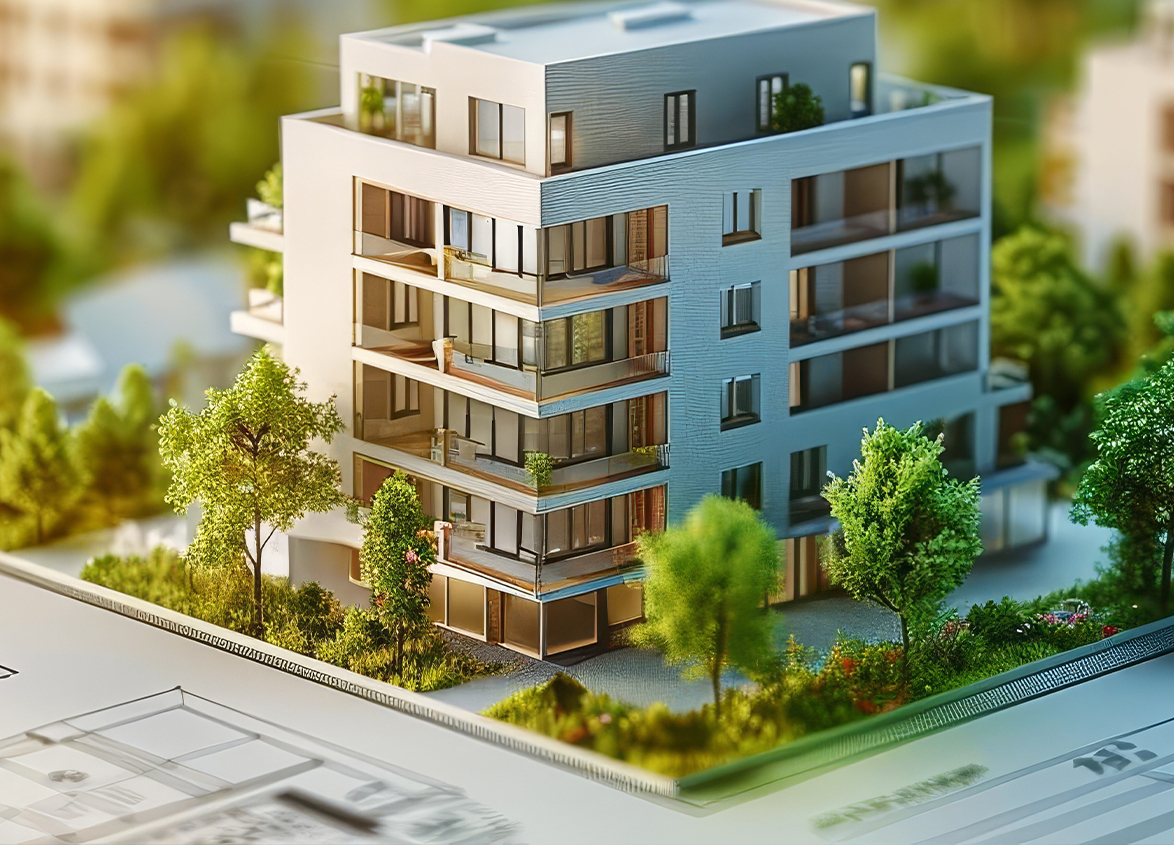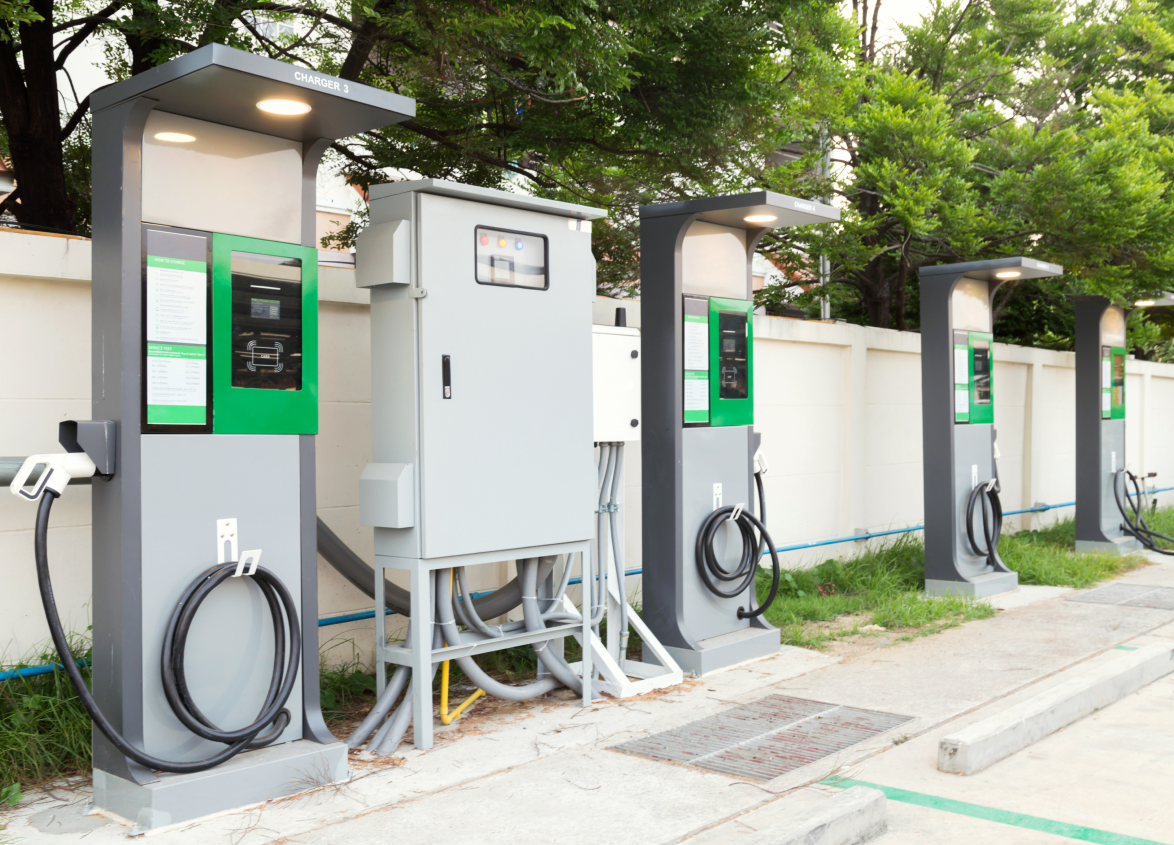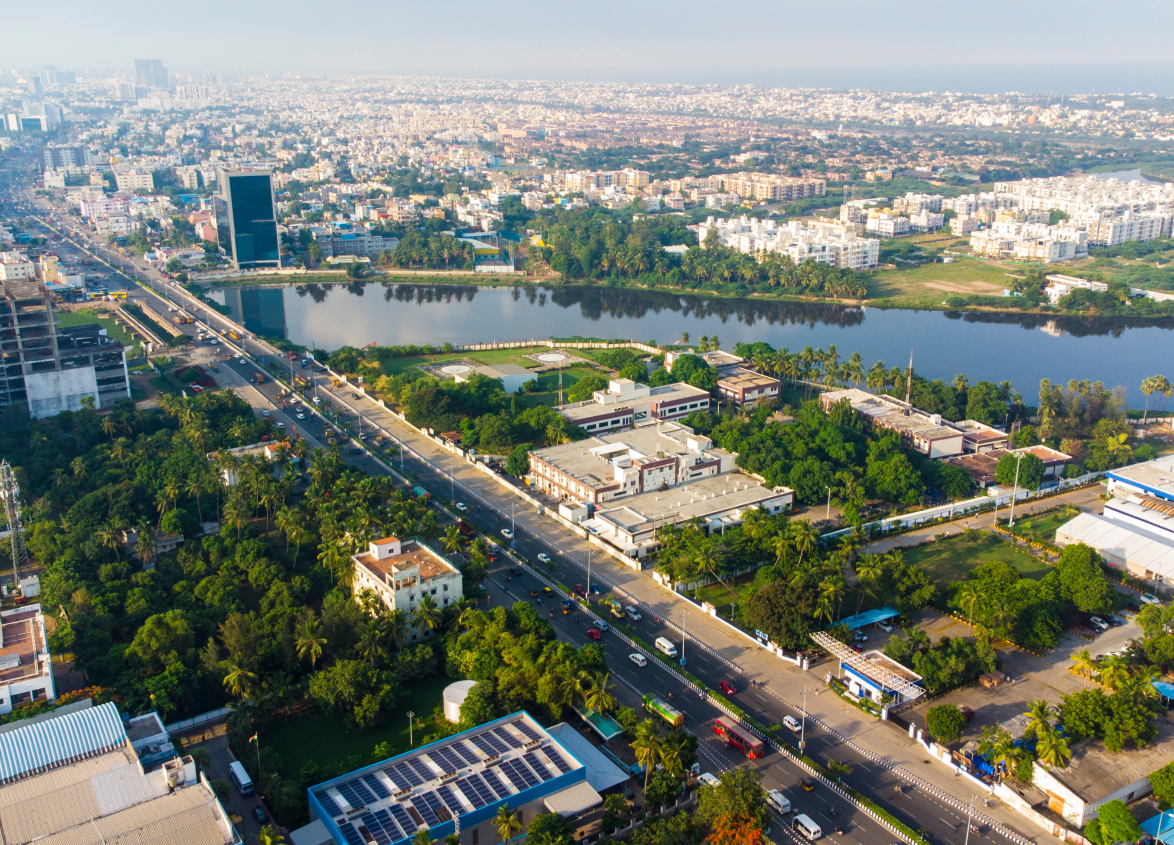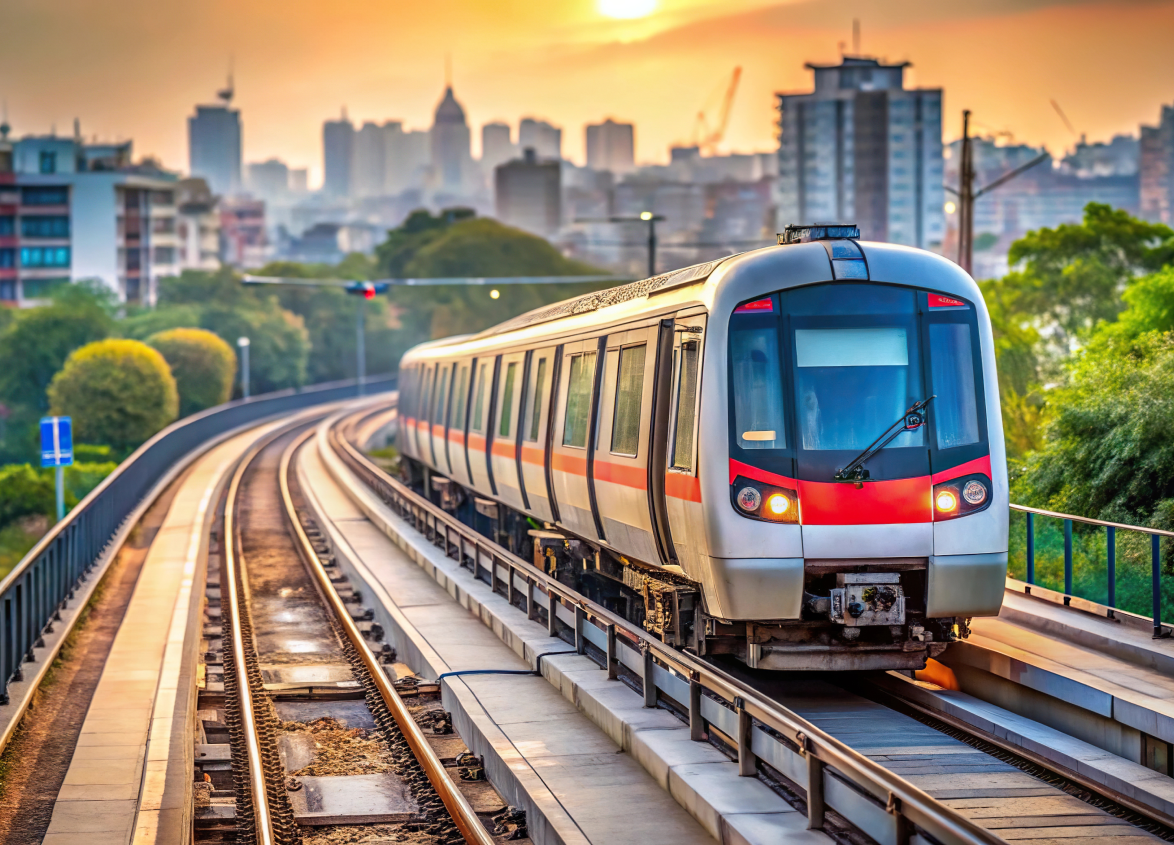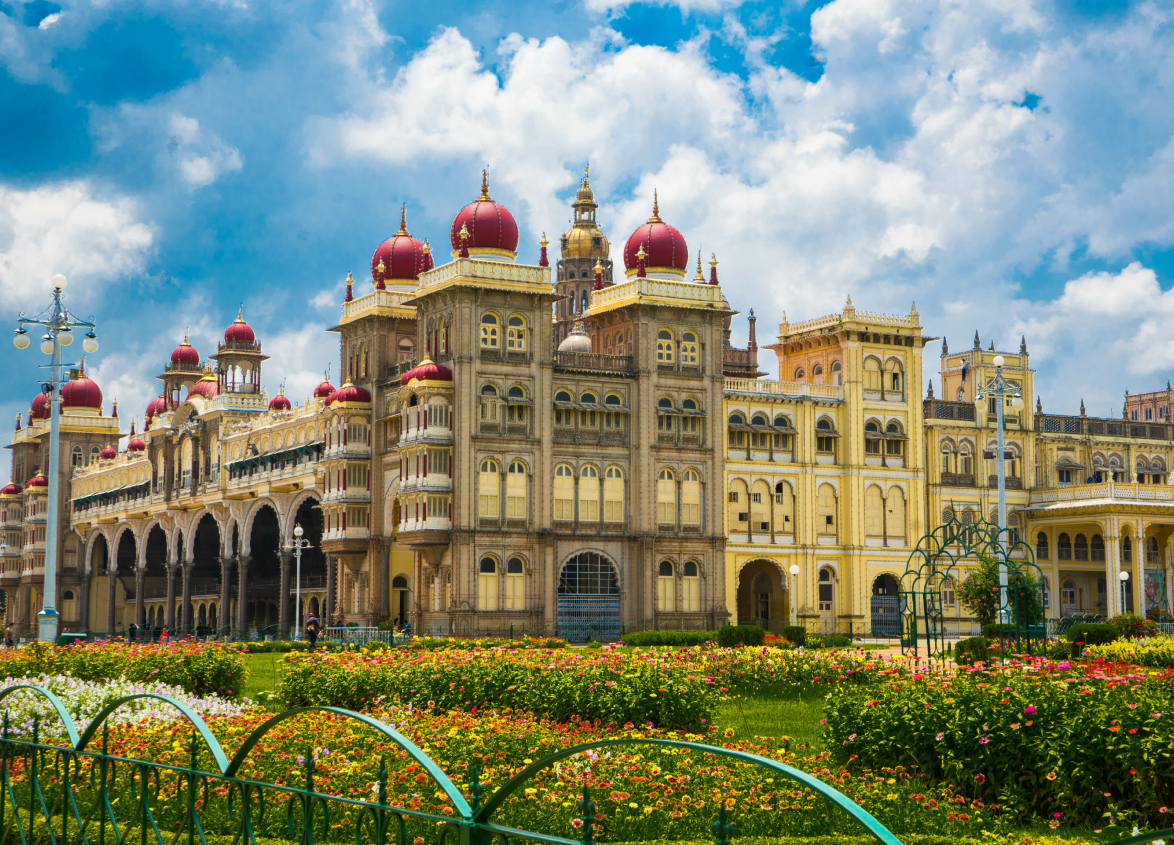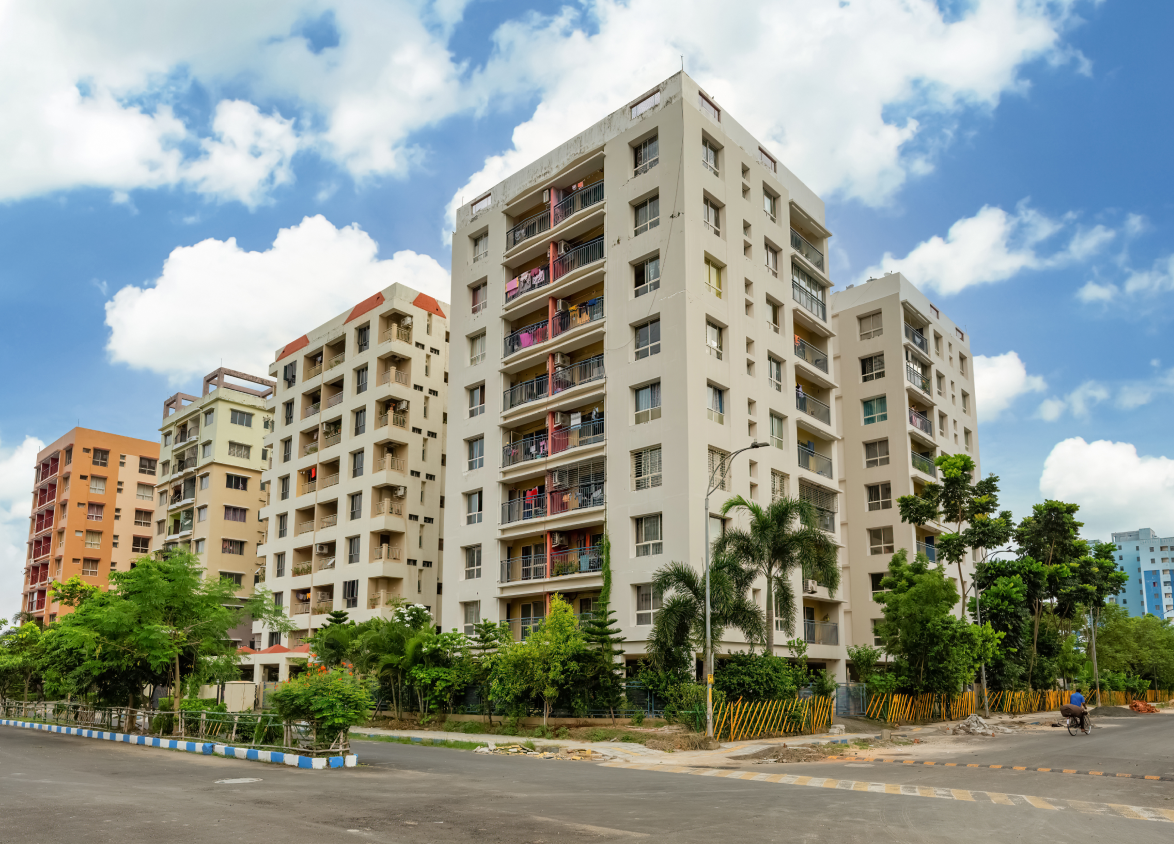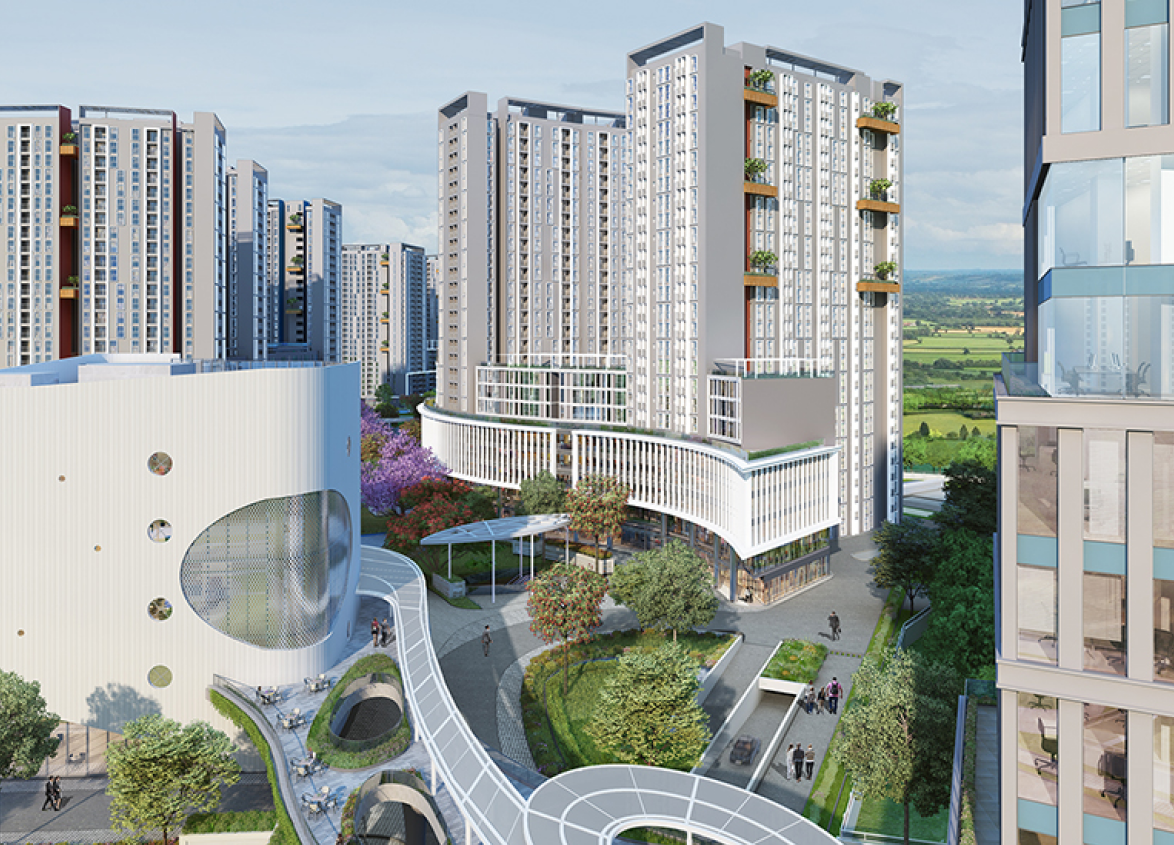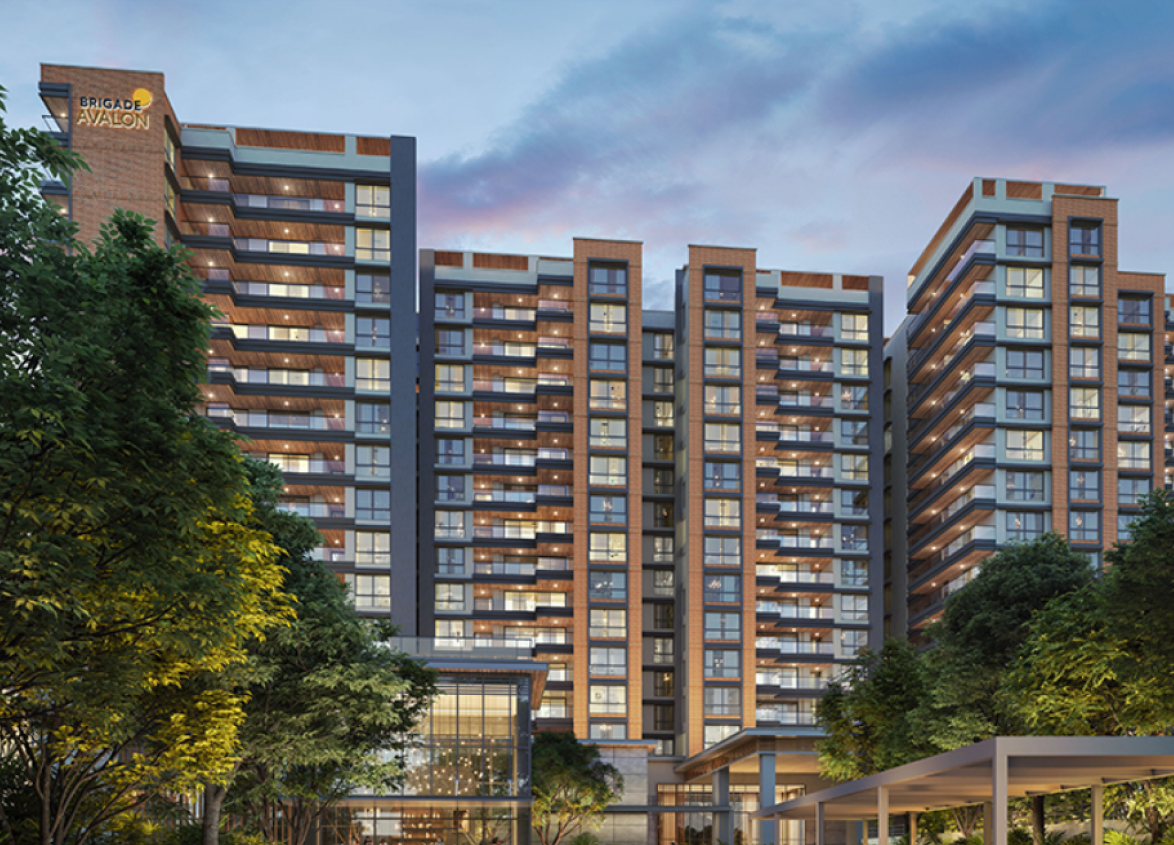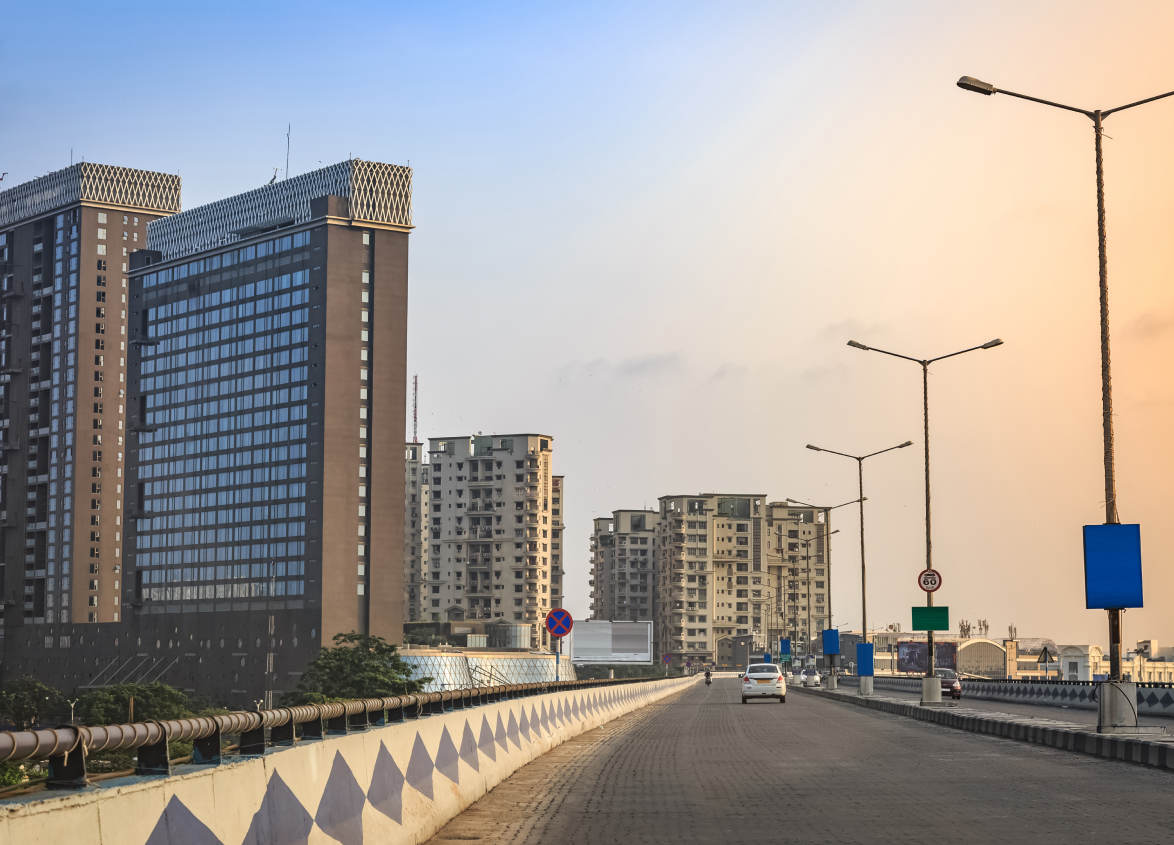
Commercial
Indian Smart cities in 2020 and their investments
June 17, 2020
2020 smart cities are all about smart urban spaces, smart transportation, and smart infrastructure. According to the UN, by 2030, there will be 43 new metropolitan cities globally. In the recent Indian Union Budget for the fiscal year 2020-2021, five new smart cities have been declared under the smart cities’ mission.
The main features of smart cities are technological advancement, high-end infrastructure, high-speed internet and connectivity, data security, adequate waste management, environment-friendly, and a better quality of life.
Today, cities are the new engine of the global economy. Smart cities that can offer diversified resources and offer economic, social and cultural opportunities to their citizens will survive. One of the executives of the Kale group says, “It is no longer countries that are in competition, but cities. Cities will compete and collaborate globally as interdependent entities and will drive the future.”
In 2020, the Indian smart cities will be focussing on five key developmental areas: digital twins and urban modelling, resilience, circularity, electric micro-mobility and micro-transit, and smart urban spaces.
What is this five focus area approach?
- Electric micro-mobility - Micro-mobility is achieved through electric bikes, scooters, using public commutes, and carpooling and bike pooling services, etc. The adoption of such steps will help in reducing traffic congestion and thus, carbon emissions.
- Digital twins and urban modelling - Digital twin technology merges the virtual model of any process to its physical world to make data analytics and system monitoring more advanced and enable future planning through simulations. In smart cities, the technology can be used for urban modelling to enable real-time replicas of 3D models.
- Resilience - Safety and sustainability of the city and its citizens are becoming more and more important to regulate. The government is trying to take a more structural and fundamental approach to handle the situation. Readiness and responsiveness are the keys to unlock the resilience of the city.
- Circularity - Circular economy uses goods at the end of their lifetime as resources for others, thus, encouraging sustainability and minimizing waste. The approach can help in reducing environmental degradation, improving the supply of raw materials, and boosting economic growth,
- Smart urban spaces - It’s a space where multiple smart solutions co-exist, for example, traffic solutions, waste management solutions, and ICT infrastructures. The aim is to create a holistic smart city.
In 2019, the existing smart cities have already started their work around developing a narrative on these focus areas. High-priority challenges are being focussed at the time for a holistic approach.
The cities are becoming more responsive to infrastructure and development needs. Previously, tasks that took subsequently a long time and used to put cities into a capital lockdown are being taken more proactively. With the help of IoT, data-driven decisions and investments are helping the administration to cater to the public. The planning cycles are shorter now, with the introduction of technologies and smart solutions, making it possible to disaggregate demand.
Investing in smart cities
As per an Economic Times article, a total investment of over Rs 2,05,000 crore for 5,151 projects has been estimated. Out of these, 896 projects worth Rs 15,000 crore have been completed as of June 2019, and another 1,895 projects worth Rs 75,000 crore are under implementation.
The future of smart cities is very promising. People are looking forward to investing in the development of these cities. By 2020, the smart city investment will reach an approximate total of $16 billion annually, as per ZDNet. But the development of smart cities not only requires financial support. The mission is achieved by the successful participation of private players, including international firms, to leverage their capital, expertise, human resource, and technology. Since smart city investment is a long term plan, it is not advisable for short term investors to refrain from this as they may not get the expected returns.
The key to financing a smart city is to develop a strategic plan to capitalize on the project’s main points. This helps in improving the investment plan and its access to finance. As per a Deloitte report, the comprehensive plan includes a robust business model, different and creative funding and financing methods, and an innovative financing structure for the investors.
Public-Private-Partnership
Investing in smart cities involves a huge amount of capital. The best possible way to finance a smart city is by associating partnerships between national planning agencies, private-sector developers, investors, and citizens. A JLL article reports that the government always looks for support from private sectors and designs innovative investment structures to ensure their participation.
Long-term revenue model with the annuity option is one such way of encouraging the PPP model by locking the partnership as the partner benefits from the city’s growth. The aim of the government is to meet three objectives – economic competitiveness, sustainability, and improving the quality of life. As per the official site of smartcities.gov.in., 29 smart cities are backed by PPP for their development.
The co-founder of & CEO of Commonfloor, Sumit Jain says that investing in smart cities can be a good option for property investors. These places offer substantial scope for price appreciation.
Prashan Agarwal, co-founder of PropTiger.com says, "At present, prices in these cities are reasonable. The potential for price appreciation is high. But the investor must have a long time horizon."
India has also been looking into foreign investments for developing smart cities. Countries like the U.S., Singapore, Spain, France, Germany, and Japan are involved in the Indian Smart Cities venture.
Green Investments
With the rising demands for greener urban places, green investment has become a buzzword. The climate change has given a waking call for greener investments, according to Bloomberg Associates' Adam Freed.
Phenomena like urban heat island effect have led to ponder upon the need to re-evaluate the urban planning. Investments need to be diverted for more greener options rather than concreting the entire city. There’s a need for urban cooling to compensate for it.
Green investments would support such initiatives taken towards the greener reforms of the cities. This will also aid the high initial cost of clean energy projects. Smart solutions such as AI and IoT-driven real-time environment monitoring are already in place in several cities to track the heating effect and take corrective actions to prevent any catastrophe.
The country is going towards an urban explosion. Along with figuring out the basic needs and requirements of accommodation, travel, hygiene, etc., it is also the time to address the bigger questions of technology integration and greener urban spaces. Especially for the low-income cities that are still bridging the gap of fundamental services, this is an opportunity to build a smart city from scratch and make long strides in development. What is needed is to combine smart technologies and planning with asset development to get the most out of the system.
Smart cities can achieve ‘do more with less’ agenda using smart technology and infrastructure. Thus, investments play a crucial role in the city’s development. There are various options available to finance smart cities investments, but the real challenge lies in identifying the perfect match for the project. This requires a complete and deep understanding of the project, different financing tools, potential cashflows, and available procurement methods to the government.
MUST READ
Looking for something specific?
We'd be delighted to help you.











